Creeptober Night 22: A Tale of Two Sisters (2003)
“You might regret this moment.”

I know I said yesterday’s Creeptober movie, The Haunting, is the best haunted house movie ever made. I stick by that statement, but tonight’s movie comes very close to being the best. Tonight we watch A Tale of Two Sisters.
Reacting to A Tale of Two Sisters

My history with A Tale of Two Sisters goes back to the mid-2000s. By then I was already a huge fan of Japanese and Chinese movies, but I had watched relatively few South Korean films. One night I purchased the DVD of A Tale of Two Sisters on a whim just because I liked the cover. When I got home and watched it I was blown away. It instantly became a movie that I had to tell everyone about. I remember talking it up to a few friends and showing it to them, and them not having the same reaction I did. But I didn’t care. I love A Tale of Two Sisters, and I still try to tell as many people as I can about it. Of course, many people know about this movie now, but I still feel like it should be talked about more.
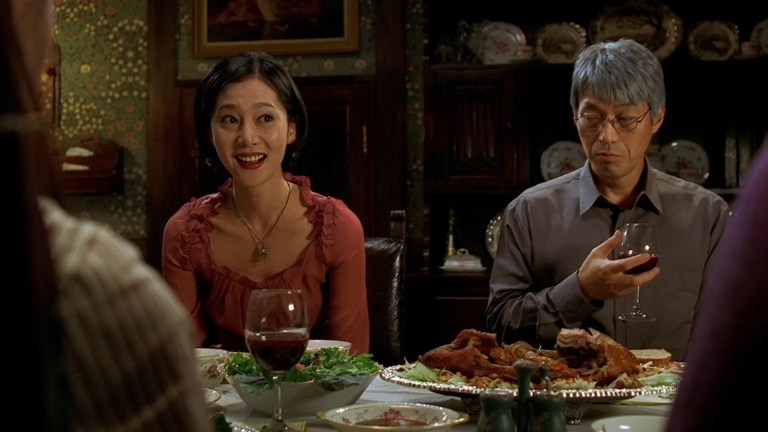
Just to get a general sense of what people think about it, I looked up a few reviews for A Tale of Two Sisters after watching it this most recent time. The reactions are generally positive, with some people agreeing with me that this film is a masterpiece. Of the people who aren’t as into it, a common theme among their reviews is that the movie is too confusing. I can understand that reaction, but I think the complexity of the reveal is what makes the story work so well.

I will say though, the first time I watched about two decades ago, I got some of it wrong. Well, maybe. Hopefully you’ve seen the movie by now, because I’m about to spoil the big twist. So, whenever the twist was revealed to me for the first time, I understood that Su-mi was disassociating and assuming the roles of both herself and her stepmother, Eun-joo, during the majority of the film. The first time I watched though, I assumed that, outside of flashbacks, the younger sister Su-yeon was always a ghost.
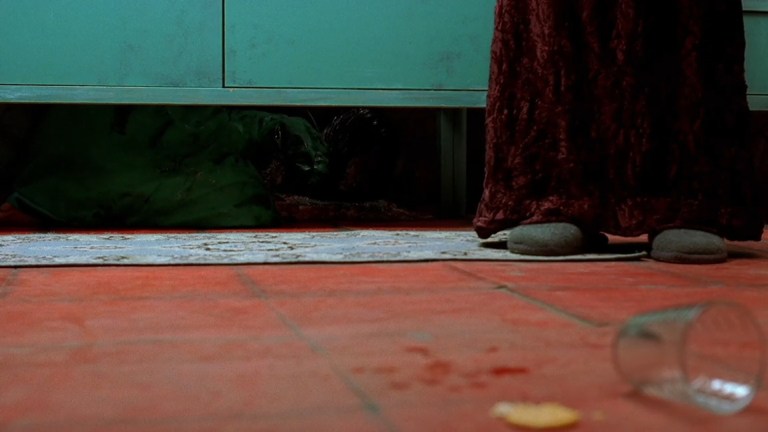
I thought Su-mi was interacting with the ghost of her sister who didn’t know she was dead. Then, when the father, Moo-hyeon, tells Su-mi that her sister died, the ghost of Su-yeon reverts back to her vengeful spirit form which Eun-joo encounters in the end. I still like that theory a lot, but it doesn’t make as much sense after watching the movie a few times.
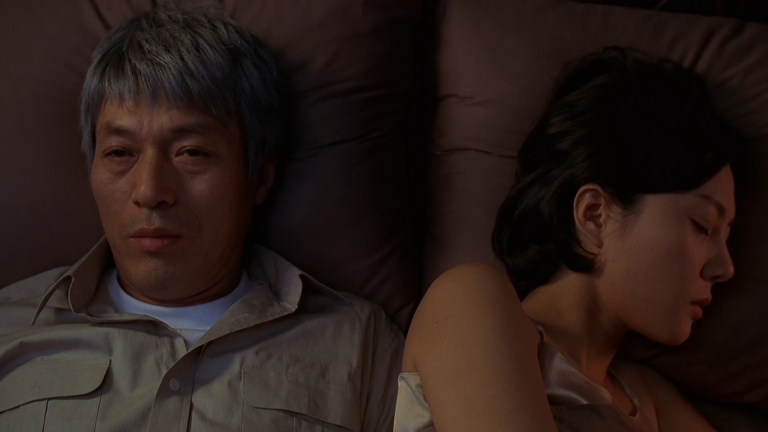
After rewatching and paying close attention to who’s who and what’s what, I realized that Su-yeon is a third personality for Su-mi. Some people say she’s a hallucination, but Su-yeon has at least one scene all on her own, so I think Su-mi has all three personalities in her head. The idea that she is all of them fits better with the idea that all three of them sync up with their periods. That’s one of the specific tells that helps the audience realize that Su-mi and Eun-joo are the same person, so why wouldn’t it also be pointing to Su-yeon being part of the same disorder as well? You could interpret it either way, but I think this works better.
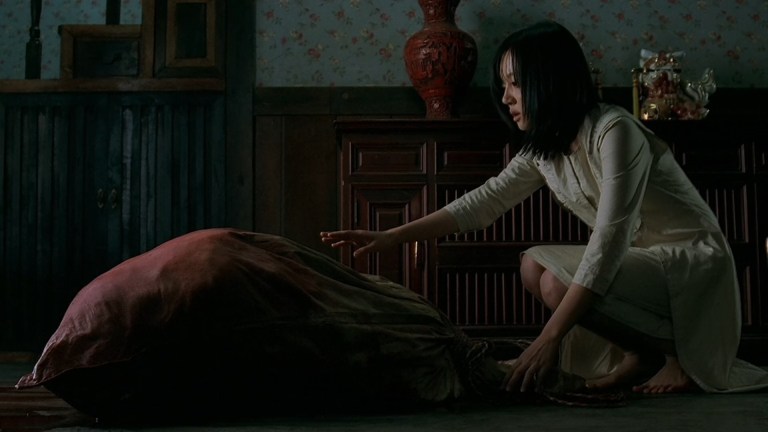
This all points to one of the biggest reasons I love A Tale of Two Sisters so much. It’s because the story is told in a complex way, and it gives the viewer enough information to make conclusions on their own without spelling everything out completely. You do have to pay attention to put everything together, and even when you do, there is some space within what we’re shown that allows for multiple interpretations. Besides, multiple interpretations is kind of what the whole story is about.
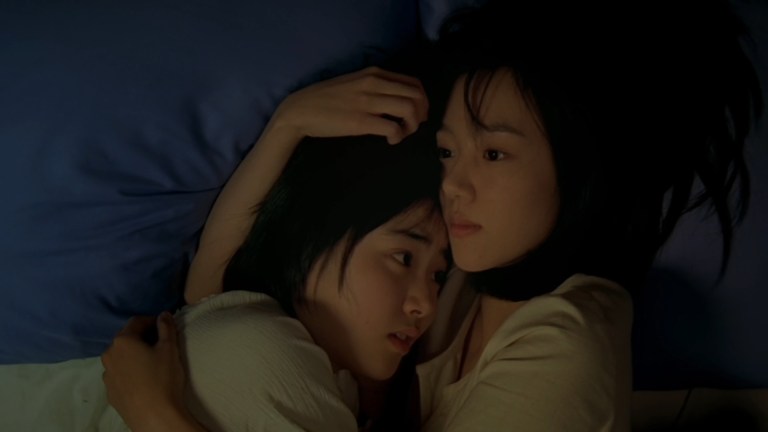
Like, how much do we really know about Eun-joo in the end? We think we know who she is and what she’s like, but then realize that everything we know about her is through Su-mi’s completely subjective view. When we finally meet the real Eun-joo, she seems nice enough, but then we’re forced to reevaluate her again when we see the flashback of her letting Su-yeon die. Also, how much of Su-mi’s affection towards Su-yeon is genuine, and how much is driven by her subconscious guilt of feeling that she let her sister die? Everything we know about their sisterly bond could be completely skewed.
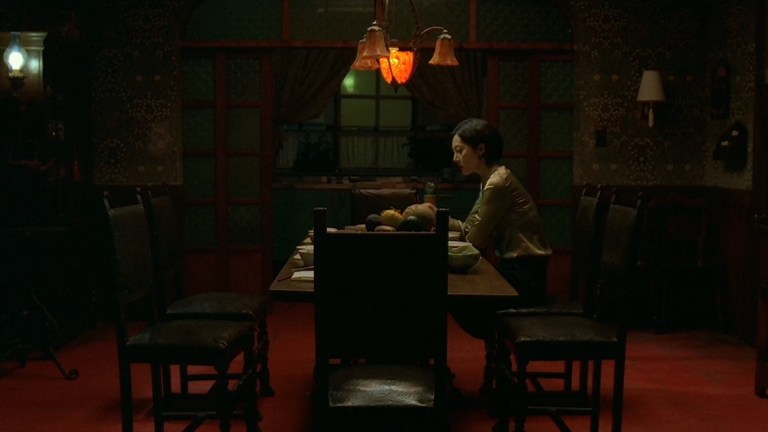
Most of the answers to those questions and more are open to debate. A few things are irrefutable. Su-yeon and her mother died in the wardrobe, Eun-joo knew about it and didn’t say anything, Su-mi feels guilty and angry, and the ghost of Su-yeon does exist (as evidenced by two people outside of Su-mi seeing the ghost). But the specifics of the emotions, and the reality of everyone’s relationships, are largely up for interpretation. When a movie can pull that off well, it’s a magical thing. It’s also something that makes me want to watch the movie over and over, because each time I get a little something different out of it.
